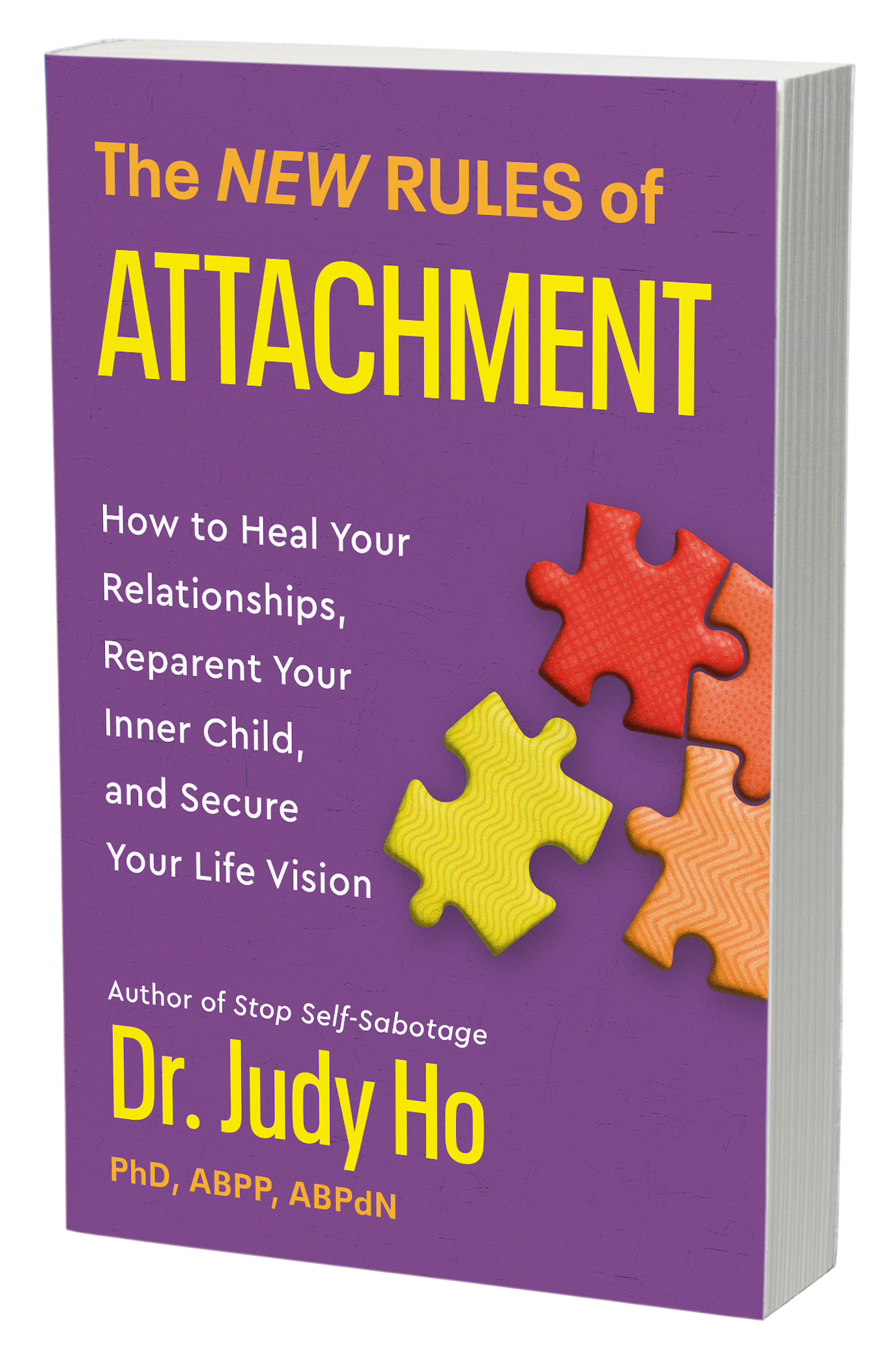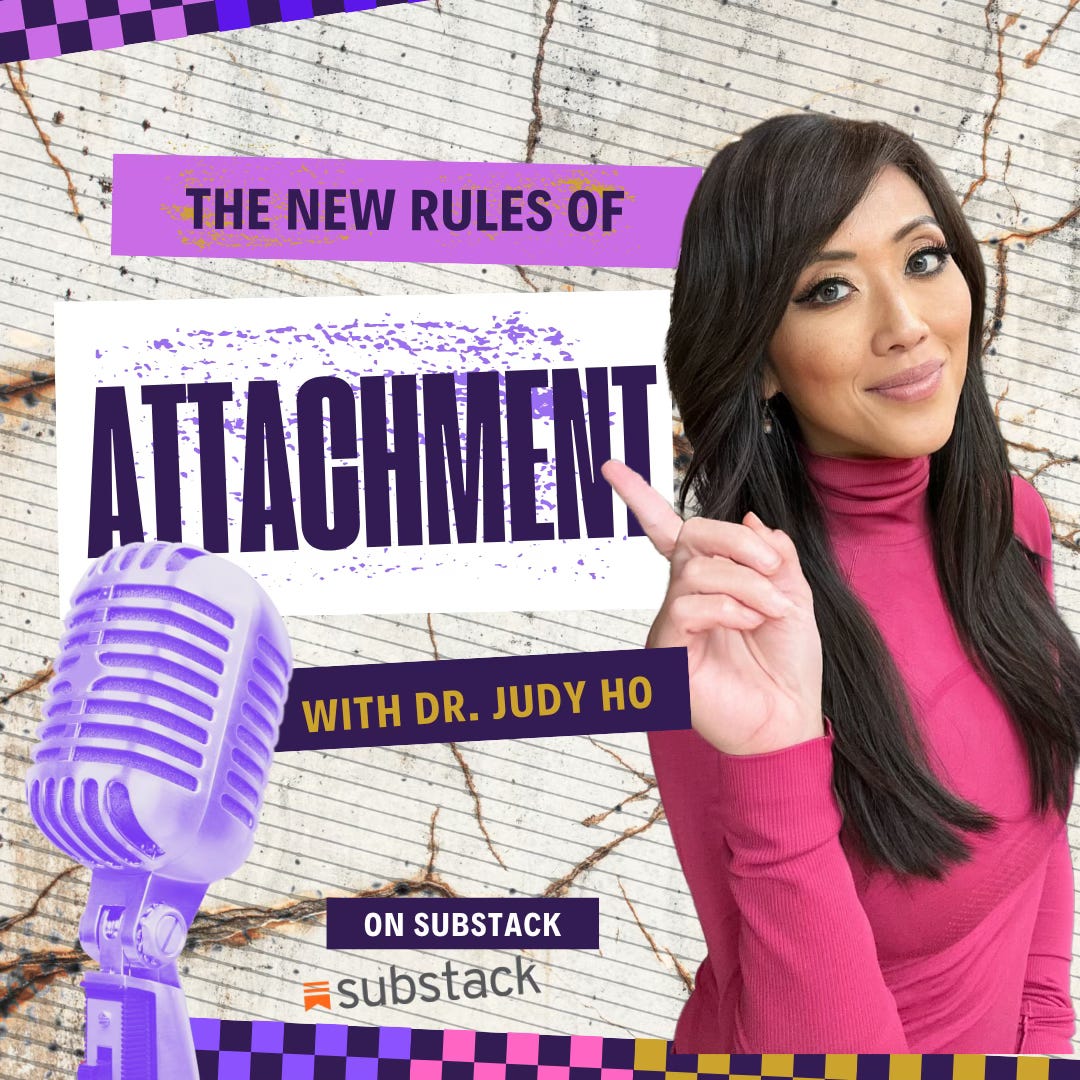Ever sit down to work, only to feel completely stuck—like your brain just won’t cooperate? You’re not alone! But is it ADHD or a freeze response?
We’ve all had moments where we feel overwhelmed. Maybe you have a big project due, an overflowing inbox, or even just a messy room that needs cleaning.
You tell yourself you’ll get started, but instead, you freeze.
Your brain suddenly feels foggy. You can’t seem to make a decision.
You feel detached, distant—almost like you’re watching yourself from the outside.
Instead of doing the thing you need to do, you end up lost in social media or doing nothing at all.
This isn’t procrastination. It’s not laziness. It’s a biological response to stress.
When faced with stress, your nervous system reacts in several ways. Most people know about fight or flight—confronting the stress or avoiding it altogether. But when your brain sees the stress as too overwhelming or inescapable, it triggers a freeze response instead.
Think of it as a survival mechanism, like animals “playing dead” when threatened.
In freeze mode:
Your brain shuts down decision-making and motivation
You might be unable to start tasks
You might feel exhausted despite resting
You might find yourself zoning out more than usual
And here’s the kicker: The more you beat yourself up for not getting things done, the more your nervous system doubles down on that shutdown response. Chronic stress impacts the prefrontal cortex—the part of the brain responsible for focus and decision-making. When that part goes offline, it’s nearly impossible to follow through, even on things you want to do.
Research also suggests that some people who relate to ADHD-like symptoms—like difficulty focusing or avoiding tasks—may actually be experiencing a trauma-related freeze response instead.
In this newsletter, we’ll explore how you can tell the difference between ADHD and the freeze response, and some techniques you can use to overcome it. For a deeper dive, check out my newest episode of Mental Health Bites (you can listen right here in substack, on Apple, Spotify, or watch on YouTube).
ADHD vs. Freeze Response: How to Tell the Difference
It’s common to confuse ADHD with the freeze response. Many people look at a list of ADHD symptoms and think, “That’s me!”—when another culprit might be at play.
Here’s a quick comparison (not for diagnosis, but to guide your awareness):
ADHD often looks like:
Chronic, lifelong difficulty with focus and impulse control (often since childhood)
Restlessness, jumping from task to task, or getting easily distracted
Excitement about starting tasks but trouble staying engaged
Impulsivity—starting many things but finishing few
Improvement with stimulant medications like Adderall or Ritalin
The freeze response often looks like:
Coming in waves, triggered by stress or overwhelm
Feeling mentally paralyzed—not hyper, just stuck
Lacking motivation, even for things you usually enjoy
Feeling foggy or disconnected from reality
Responding better to nervous system regulation than ADHD meds
In real life? Imagine you’ve got a big project due.
With ADHD, you might start, get distracted by YouTube, and bounce to another task.
In freeze mode, you’d just sit there, numb, unable to start at all.
Understanding the difference matters—because different strategies help.
If it’s freeze, you don’t need more productivity hacks. You need to reset your nervous system first.
A Practical Tip: The “Body Before Brain” Strategy
You can train your brain to break out of freeze mode—and it starts with your body.
Here’s how:
Step 1: Shake it out (30 seconds)
Stand up and literally shake your arms, legs, and head. This tells your brain: We’re moving. We’re safe. We’re ready to act.
Step 2: Activate your breath (4-4-8 breathing)
Inhale for 4 seconds → Hold for 4 seconds → Exhale for 8 seconds. This signals your body to shift out of freeze mode.
Step 3: Move forward with a micro-action (1-Minute Rule)
Now that your body is engaged, do one task that takes less than a minute. If you’re stuck on a work task, don’t think “I have to finish this.” Just open the document. Write one sentence. Pick up one item. Small actions break the freeze and build momentum.
Try this and let me know if it helps you to get unstuck!
The New Rules of Attachment Paperback!
I’m so excited to share that the New Rules of Attachment Paperback was just released on February 11!
I’m so excited to share that the New Rules of Attachment Paperback was just released on February 11!
Order The New Rules of Attachment here: https://bit.ly/3MvuvvF
Take my Attachment Styles Quiz!
About me:
Dr. Judy Ho, Ph. D., ABPP, ABPdN is a triple board certified and licensed Clinical and Forensic Neuropsychologist, a tenured Associate Professor at Pepperdine University, television and podcast host, and author of Stop Self-Sabotage. An avid researcher and a two-time recipient of the National Institute of Mental Health Services Research Award, Dr. Judy maintains a private practice where she specializes in comprehensive neuropsychological evaluations and expert witness work. She is often called on by the media as an expert psychologist and is also a sought after public speaker for universities, businesses, and organizations.
Dr. Judy received her bachelor's degrees in Psychology and Business Administration from UC Berkeley, and her masters and doctorate from SDSU/UCSD Joint Doctoral Program in Clinical Psychology. She completed a National Institute of Mental Health sponsored fellowship at UCLA's Semel Institute.



















Share this post